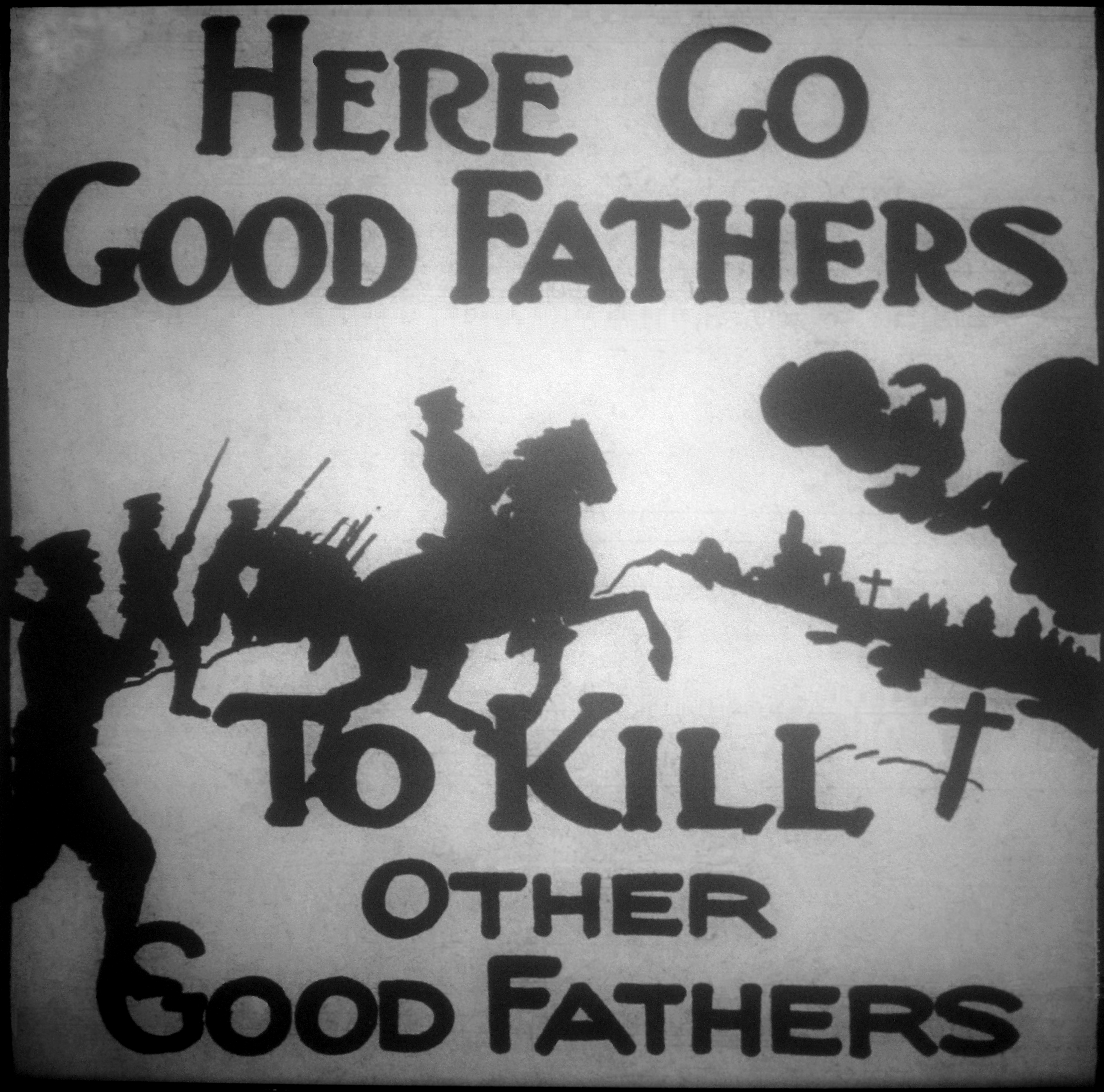Images and documents supplementing this book:
Some family photographs:
•
Walter and his family in 1900
• Walter and his son Jeffrey
Walter’s sisters photographed by Eugene R. Hutchinson in January 1915:
• Cynthia with harp
•
Dorothy
•
Rosalind
• Rosalind as an actress.
(In the first photograph, she was approaching seventy and passing for ... well, you tell me.)
Other people:
•
Crystal Eastman with Amos Pinchot; Kathleen Wheeler (aka Tiger Lily); and Maurice Browne with Ellen Van Volkenburg
• Kathleen Wheeler (Tiger Lily) sculpting her son, in the 1940s
• Inez
Milholland at the 1913 Suffrage parade
• Constance Binney
• Hazel Hunkins as a ‘silent sentinel’ in front of the White House; behind her, a
banner asks, ‘How long must women wait?’
Two of Walter’s sisters contributed to The Masses shortly before it ceased publication:
• Dorothy a cartoon, and Rosalind a
poem
Places
Shadow Lawn,
a month before the Fuller Sisters sang on this same porch
Impact
It is difficult to assess the impact of the Fuller Sisters on American
art, if only because influence is hard to prove and the images equally
hard to obtain. Here is a
magazine cover by John (aka Jack) Rae from the period when they
sometimes
posed for him.
Walter’s articles in chronological order:
•
The Lady with the Lamp,
from The Masses, January 1917
•
Bells are Ringing, Sailors
Singing,
Survey, 20 January 1917
•
Leftward Ho, Liberator December 1919 (pdf
of original)
In the mid-1920s, while living and working
in London, Walter contributed articles to the Brooklyn (New
York) Daily Eagle:
•
MacDonald Calms Rebels
in Labour Party, Brooklyn Daily Eagle 2 May 1924
•
British Budget Starts Furore in London Clubs, Brooklyn Daily Eagle 14 May 1924
•
Ramsay MacDonald a Very Sick Man, Brooklyn Daily Eagle 17
May 1924
•
MacDonald Regime Prepares to spend £1,400,000,000, Brooklyn Daily Eagle 29 June 1924
•
Britain’s Labour Premier, Foe of Secret Diplomacy, Brooklyn Daily Eagle 6 July
1924
•
New Progressive Liberal Party in Britain, Brooklyn Daily Eagle 9 November 1924
•
Baldwin Regime in Britain Comes Out for Protection, Brooklyn Daily Eagle 11
January 1925
•
Imperial Unity Issue Looms Large in Britain, Brooklyn Daily Eagle 22 January 1925
•
Mrs Snowden “Spills Beans” for British Labour Party, Brooklyn Daily Eagle 27 January 1925
•
British [Foreign] Office Favours Franco-Belgian-Italo-German Pact, Brooklyn Daily Eagle 22 March 1925
•
Britain Planning to Send Her Jobless Millions to Australia and New Zealand,
Brooklyn Daily Eagle 12 April 1925
•
Weakness in Leadership of
British Labour Regime, Brooklyn Daily Eagle 12 April 1925
•
Husbands of Britain Hope to Escape Culpability for Wives’ Infractions, Brooklyn Daily Eagle 19 May 1925
•
MacDonald Soon to Know How Woodrow Wilson Felt, Brooklyn Daily Eagle 19
September 1925
and his letters to newspapers, in chronological order:
•
A Navy to Insure
Peace! New York Times, 22 January 1912
•
An Englishman’s view, Boston
Herald, 19 September 1915
•
Battle Cry of Peace,
New York Evening Post, 28 September 1915
•
Death from Natural
Causes, New York Evening Post, 8 June 1917
• A review of English Folk Songs from the Southern Appalachians, Survey, Vol 39, 30 March 1918, pp.718—19
The climax of Walter’s peace campaign was a
unique War-against-War Exhibition. Here you have:
• a late version
of his proposal as opposed to his initial description, which is printed in the book
•
an advertisement for the Exhibition
• text of panels
from the Exhibition
cleaned up panel images:
• What
Europe teaches
• the
Ladder of Progress
• Uncle Sam all
dressed up
• cartoons inspired by
Jingo, the mascot of the Exhibition
•
Walter’s plans to query the
militarists’ parade
facsimiles (the last one is an original) of his propaganda leaflets for ‘Real
Patriots’:
• Keep cool 1
• Keep cool 2
• The voice with the smile wins
• What are we
afraid of?
•
Who starts the cannon-balls rolling?
Between 1905 and 1909 Walter edited the University Review, the first periodical in Britain to speak for the students of all its universities. Here is an index to the contributors, who were for the most part university professors, often national figures, rather than students.
Between 1908 and 1910, Walter edited the Readers’ Review for the National Home-reading Union and the Library Association. The contributors, indexed here, were more varied, ranging from the writer Arnold Bennett, and newspaper editor and literary critic R. A. Scott-James, to people whose reputation was more ephemeral.
